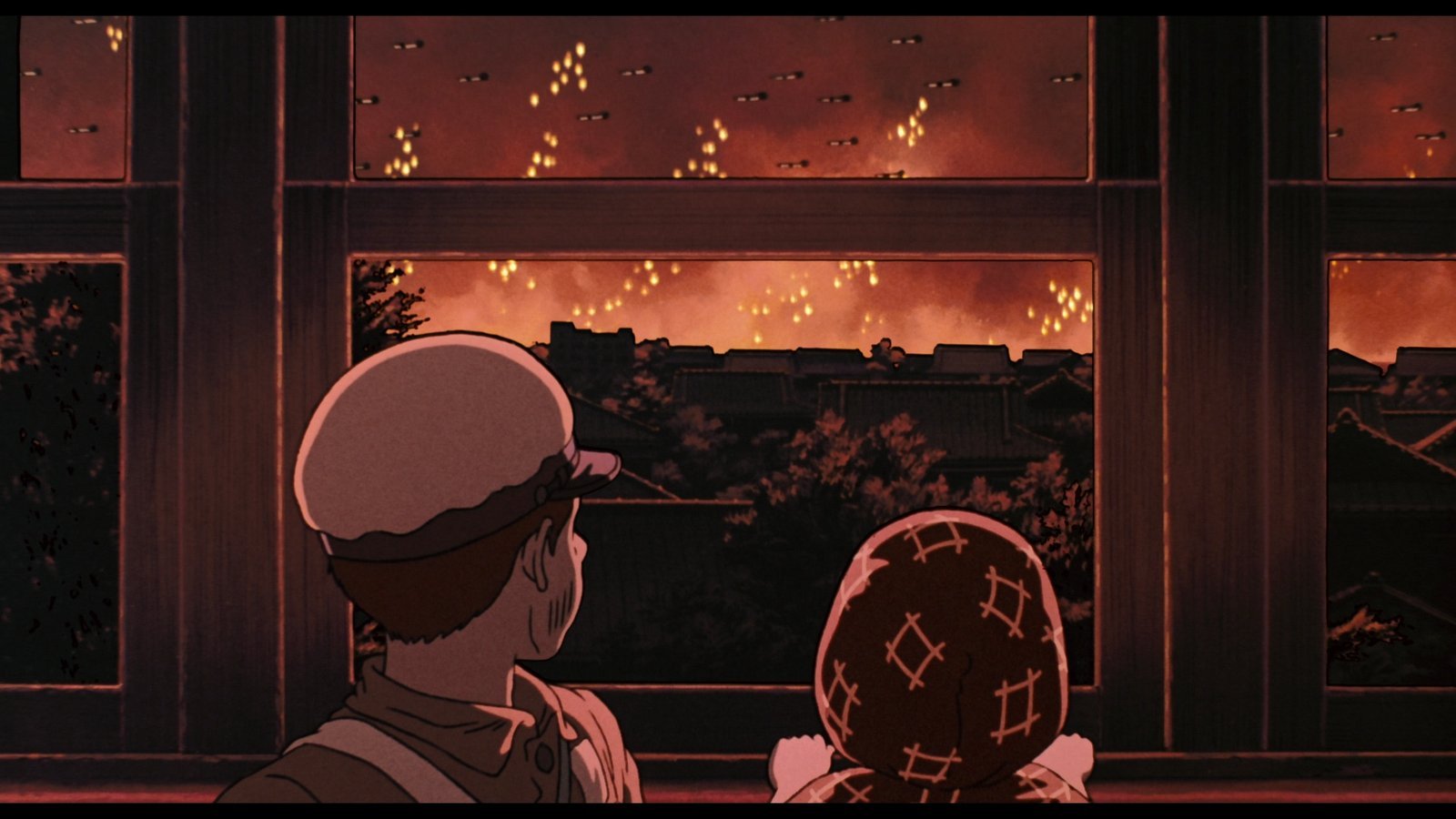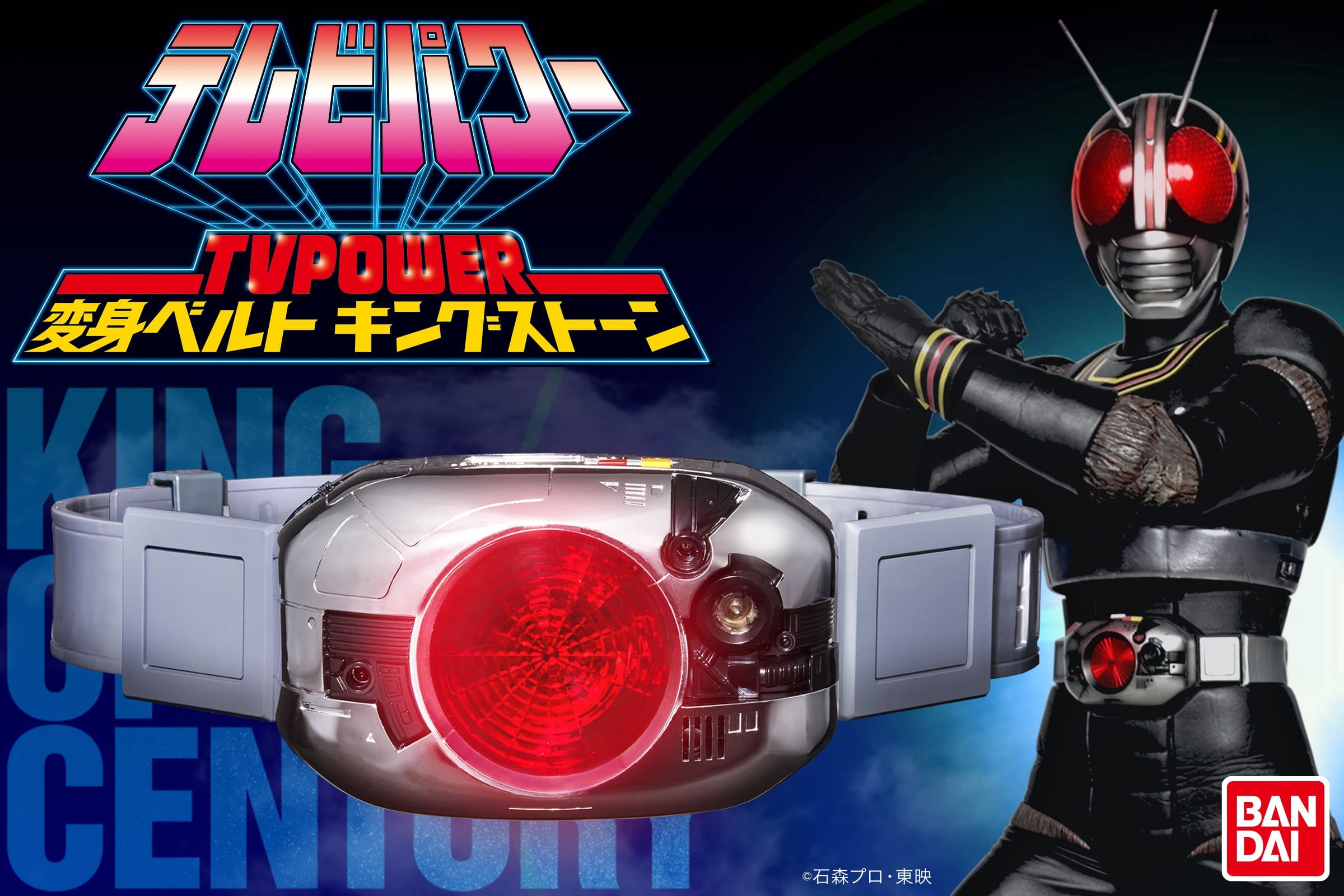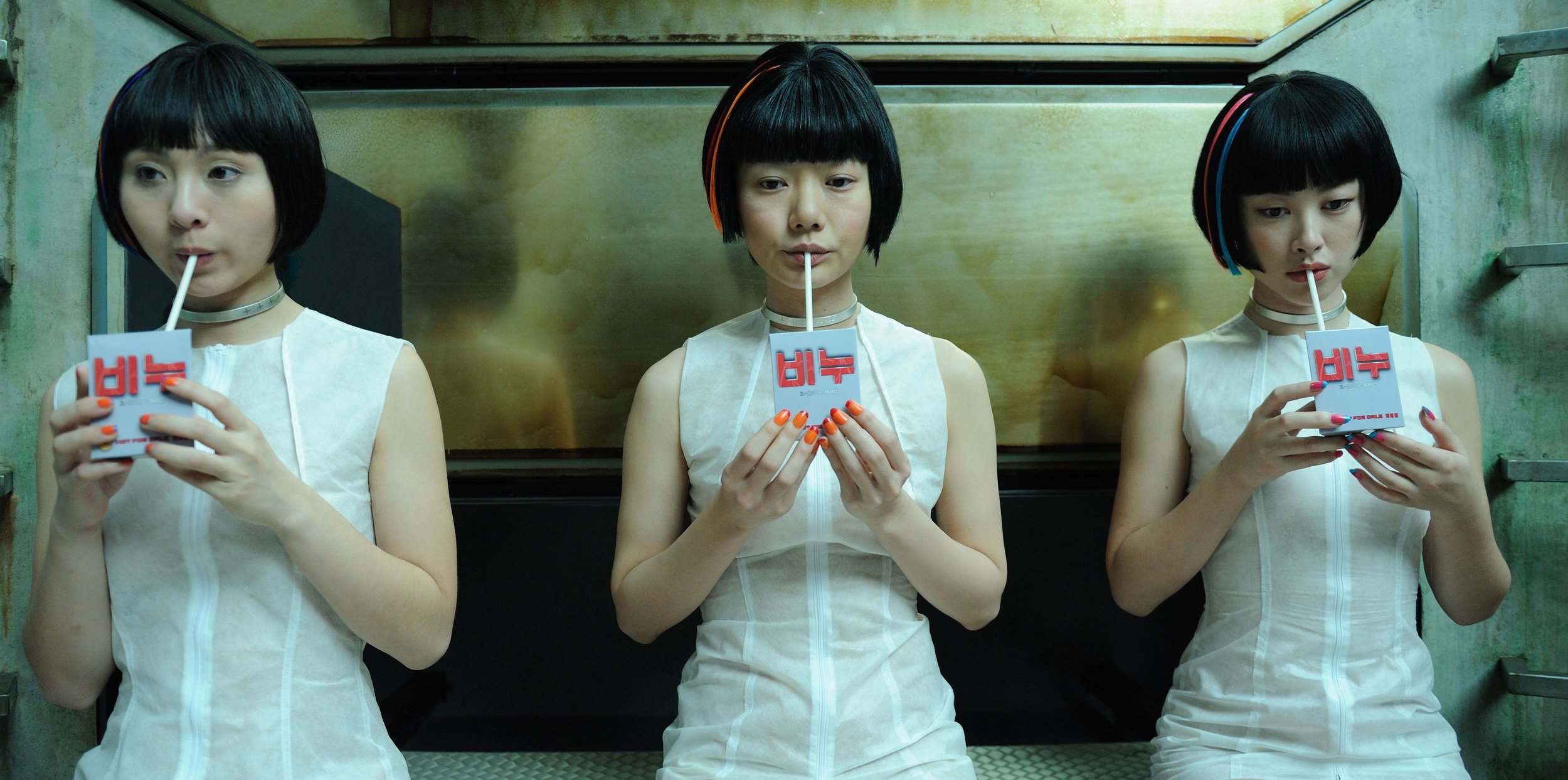Heroes from the Ashes: How the Japanese Culture Industry Helped Deal with Post-War Traumas

Arriving in Japan, visitors encounter a vibrant mix of Super Mario posters, Pokémon planes, and toy-filled cityscapes. It quickly becomes clear: The nation's identity is deeply intertwined with iconic heroes like Astro Boy and monsters like Godzilla. Interestingly, despite the atomic bombings of Hiroshima and Nagasaki, the recurring theme of Tokyo's fictional destruction is prevalent in many narratives. To explore these phenomena, we delved deeply into the roots of Japan's culture industry.
The Rebirth of an Industry
To comprehend Japan's modern identity, it's essential to revisit its foundational moments. On September 2, 1945, in the aftermath of the atomic bombings of Hiroshima and Nagasaki, Japan surrendered to the Allied forces. This momentous event left the nation in shambles, with a significant loss of life and a devastated infrastructure. With the myth of the emperor's divinity and Japan's destined leadership of East Asia dismantled, a young nation faced the challenge of redefining itself under the occupation of Allied forces. During this challenging period, characterized by material scarcities and uncertainty, the first post-war toy was created. By recycling tin cans from the Allied troops, "toy jeeps" were fashioned and sold. These innovative and cheap toys quickly captured the attention of American soldiers, eventually leading to authorization to sell Japanese toys in the American market. Toys emerged as Japan's initial export commodity following their surrender.
Source: Wildmans Blog
During this period, all exported goods were mandated to carry the label "Made in Occupied Japan," signifying the nation's post-war status. Nevertheless, this export activity was crucial; it not only provided Japan with a first sense of inclusion in the global market but also played a pivotal role in the country's economic recovery. Essentially, it symbolized a cycle of consumption where American food cans were repurposed into toys. The sales of these toys then generated vital resources for the Japanese populace, aiding in food and economic challenges during the early post-war era.
Atomic Toys
The "Jeep" was just the beginning. New toys were developed, embodying key post-war themes. For instance, the Atomic Robot's packaging featured a design that strikingly resembled the iconic mushroom cloud of an atomic explosion. Additionally, the robot showcased early indications of the technological emphasis that Japan would pursue in the years ahead. This focus gained importance, as it was considered key to the Allies' victory and superiority, particularly with the development of nuclear weapons. Following the path of technological advantage, Japan's national goals shifted from ruling a Pacific empire to achieving material prosperity, influenced by the Western lifestyle introduced through mass media.
The idea of overcoming trauma through progress plays a crucial role in the first post-war blockbuster, "Gojira" (Godzilla), where the fear of Tokyo's destruction is revisited, albeit with different narratives. The story revolves around a monster awakened from a 400-million-year slumber on the ocean floor, triggered by the American nuclear tests at the nearby Bikini Atoll. Enraged by the explosion, the nuclear-like monster heads to destroy Tokyo. Finally, it is a technological invention from the scientist Daisuke Serizawa, called the Oxygen Destroyer, that saves the Japanese people from annihilation. Thus, it was the power of technology that prevented Japanese society from facing destruction.
However, the narrative deviates from reality by not portraying Japan as responsible for the incidents. Gojira is more akin to a natural disaster that strikes Japan, one from which the country must liberate itself. This can be seen as a temporary relief from the burden of war crimes committed by the Japanese army in the Pacific War. Furthermore, the film also provides a safe space for viewers to be captivated by themes of terror and destruction, elements that were similarly prevalent in Western movies and theaters. After a prolonged period dedicated to rebuilding, audiences could entertain the notion of destruction without guilt by engaging with the movie.
Orphans and Robots
Alongside the classic film industry with its blockbusters, the foundation for today's Manga and Anime culture was laid. At its core is the first manga and its character Tetsuwan Atomu, or Astro Boy in English, which debuted in 1951. The creator of the Manga, Tezuka Osamu, was just eighteen years old when the war ended. In the late '40s, resources were scarce. Nevertheless, Tezuka Osamu joined a group of young artists and small publishers in Osaka. One of their first products was a cheap comic book made with red ink and coarse paper. With the economic growth in the post-war period, the entertainment industry expanded and received support, as the government recognized its significant contribution to national identity. Unlike before World War II, when burgeoning toy production was halted due to the wastage of important materials, the creative entertainment industry was now deliberately promoted. Specifically, manga, with its versatility, addressed countless issues in the Japanese post-war daily life, appealing to various groups and themes, from sports to erotica.
Exemplifying the core of this evolution was the story of Tetsuwan Atomu. Set in a futuristic 2003, the narrative follows Dr. Tenma, the head of Japan's Ministry of Science, who, after losing his son in a tragic accident, dedicates a year's worth of national resources to reconstruct him as Atomu, a robot kid. Despite his remarkable abilities, Atomu fails to fulfill his father's expectations, as he cannot grow or change, leading Tenma to sell him to a circus. However, Atomu, endowed with a compassionate spirit, sparks a revolution, leading his fellow robots in a quest for their rights and against malevolent forces.
As a gentle, good-hearted, and powerful child, Tetsuwan Atomu symbolizes a new generation of Japanese youth that rejects the authoritarian ways of their parents. It’s the symbol of the future, simultaneously addressing various post-war traumas. His atomic generator, while emblematic of reconstruction rather than ruin, paradoxically leads to rejection by the paternal figure, illustrating a complex interplay of themes around creation, rejection, and the quest for acceptance in a rapidly evolving society. Atomu, a young man disowned by his father, becomes an orphan, further symbolizing the masses of young Japanese who built up the technology sector and grew up without fathers—either lost in the war or estranged from their authoritarian legacy.
This melding of future-mindedness, rejection of paternal authority, and faith in a technological future encapsulates many central themes prevalent in post-war Japan, reflecting the nation's collective aspirations and anxieties during a period of intense transformation and identity redefinition. Further, Atomu was instrumental in creating a new cultural cornerstone: action figures. Together with characters like Ultraman, this industry spawned myriad figures, becoming staple decorations in living rooms and store displays both in Tokyo and globally.
The Recurring Trauma
The foundation laid by Gojira and Astro Boy catalyzed a massive boom in the entertainment industry over the following decades, while never entirely forgetting its origins. In the Studio Ghibli-produced film "Grave of the Fireflies" (1988), the post-war era is directly addressed. The film tells the story of two orphans, trying to survive the final months of the war. Another example is the anime "Barefoot Gen," created by Keiji Nakazawa, a Hiroshima atomic bombing survivor. It narrates the survival journey of a young child after the bombing.
In films like "Akira" (1988), traumatic experiences are more indirectly referenced, as seen in the climactic destruction of Neo-Tokyo by a massive bomb. The anime "Jin-Roh" is set in an alternate Tokyo where Germany won the Second World War, and an underground organization fights against the occupation. Another example is the anime "Terror in Resonance," which begins with a significant terrorist attack on Tokyo. But also, modern productions like "In This Corner of the World" or “The Wind Rises” serve as a reminder of one of the most difficult periods in Japanese history.
But why do societies relish their fictional destruction, especially after real catastrophes? One possible explanation for these recurring narratives in the culture industry is through Sigmund Freud's concept of "repetition compulsion." This concept suggests that individuals may repeat traumatic experiences or engage in painful thoughts, actions, or situations, despite the distress it causes to themselves and others. According to Freud, while the ego experiences extreme distress during the repetition of traumatic events, the unconscious finds pleasure in being soothed, and in the best case, healed. However, this is not always the case. It's also possible for one to be caught in spirals of perpetual re-traumatization, unable to find a way out. Repetition compulsion is only beneficial if one finds themselves in the situation again and can now cope with it, achieving a sense of autonomy and self-determination. Although today's psychologists often critique this concept and is more focused on individuals, one can apply it to Japanese society in how it attempts to re-experience atomic catastrophe and post-war issues in a safe, self-determined environment, aiming to link it with a positive outcome and thereby gain empowerment.
Nevertheless, it's important to note that not every product of the Japanese cultural industry can be attributed to the war, and Freudian theory itself should be subject to scrutiny. Whether this interpretation is true or not, the recurrence of war-related events allows for engagement with the traumas of war and Japan's own history. Given that Japan committed numerous war crimes, the society itself grappled with its losses, making this a topic many shies away from discussing openly. Thus, culture serves as a vehicle to address this sensitive subject, offering a means to cope with and reflect on the country's challenging past.
About the Author:
Maurice Koepfli is based in Switzerland and works as a sociologist and journalist. He has been writing about niche subculture themes from around the world since 2017.
About the Article:
This text is inspired by the great work of Anne Allison and her book "Millennial Monsters." If you find the topic interesting, her work is certainly worth exploring.






